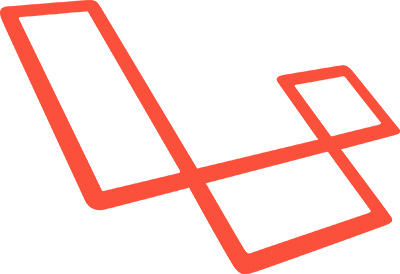Picqer moves to Laravel 4
 Picqer has migrated to the Laravel 4 framework. This move allows us to continue adding new functionality quickly and efficiently. Last Monday, the Laravel version of Picqer went live. In this technical article, we explain our choice and describe the advantages of Laravel.
Picqer has migrated to the Laravel 4 framework. This move allows us to continue adding new functionality quickly and efficiently. Last Monday, the Laravel version of Picqer went live. In this technical article, we explain our choice and describe the advantages of Laravel.
We began developing Picqer in early 2012. At the time, we were building our projects using Zend Framework, and started Picqer the same way. Zend Framework 2 was already in development, but not stable enough to build on. So Picqer was built using Zend Framework version 1.
Modern PHP
The PHP world has evolved rapidly in recent years, becoming more mature and modern. Tools like Composer and the PSR standards from the PHP-FIG group make it easier to use open source software and mix components. PHP 5.4 and 5.5 have also introduced useful additions for large projects like Picqer.
A modern framework
After a year and a half of developing with Zend Framework 1, we found it increasingly limiting. It was hard to adopt new PHP community advancements. We explored Zend Framework 2 but didn’t find it compelling. Other frameworks, like FuelPHP, also didn’t offer a strong case to switch.
Then we discovered Laravel version 4 (still in beta at the time) and were immediately impressed. It’s a truly modern framework, leveraging the latest PHP features. It also incorporates strengths from other frameworks like Symfony and Ruby on Rails.
Laravel offers exactly what you need in a framework—no more, no less. It feels lightweight and lean, with clear and concise syntax. This makes the code clean and easy to read. Laravel’s Composer-based structure means it doesn’t need to be all-encompassing, since integrating external modules is simple. It’s also easy to extend or override Laravel’s core, which is handy when you want custom behavior.
Command line tools with Artisan
Picqer relies heavily on background processes for communicating with external APIs, task management, and deploying new code. Previously, this was a tangle of shell and PHP scripts. With Laravel, we simplified everything by extending the Artisan CLI with our own commands. Artisan provides access to the full framework and configs, making command line scripts much cleaner.
Clean views and a simple API
Laravel’s Blade templating system is clean, straightforward, and well-integrated. It helped us cut our view code in half compared to the Zend version.
Thanks to Laravel’s flexible routing and filters, we were also able to better integrate our popular API into our controllers. This lays the groundwork for making all Picqer features available through the API.
Ready for the future
Migrating Picqer to Laravel took exactly one month. We’re very happy with the result. Laravel gives us a solid, up-to-date foundation to build on moving forward.
 Questions about how we use Laravel? Feel free to reach out in the comments below.
Questions about how we use Laravel? Feel free to reach out in the comments below.
P.S.: On August 30 and 31, the first European Laravel conference (Laracon) will take place in Amsterdam. We’ll be there. More info at laracon.eu


